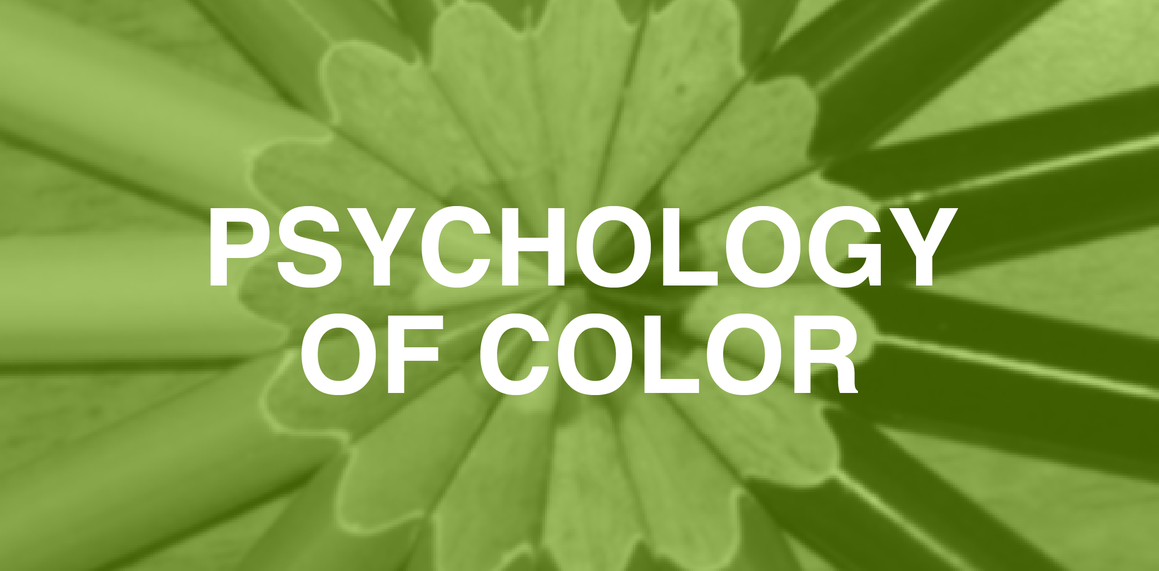Selecting a color palette for a new brand or a brand redesign is one of the most important steps in the branding process. Since several other factors must be considered during the process, such as the core values and perceived strengths of the company, color becomes that much more important because it reflects the brand.
The psychology of color must also be considered because research indicates that color affects human behavior, often manipulating or even changing one’s moods or emotions. In addition, certain colors have been proven to impact blood pressure and metabolism. They can also have an effect on test scores. For example, red has been shown to have a positive impact on speed and reaction time in certain activities such as athletics. Blue-colored streetlights have been connected to a decrease in crime in areas with these lights.
When considering the selection of color it may be helpful to know the following attributes of color and the emotions they may elicit:
Blue: harmony, confidence, and faithfulness
Red: power, passion, and anger
Yellow: wealth, optimism and pleasure
Green: spring, hope and envy
Black: mystery, mourning and darkness
White: light, goodness and innocence
Purple: combines the stability of blue and the energy of red; noble, luxury, and dignity.
Orange: combines the energy of red and the happiness of yellow; vibrant, engaging and creative
The emotions a color represents and the symbolism it creates have been commonly used in advertising. For example, red is the color that carries the strongest reaction and attracts the most attention. It is commonly used in advertising to make a product or brand stand out, for example, Coke. Blue is most frequently cited as a favorite color of people and therefore the most commonly used color in corporate identity.
It’s fascinating how something as small as the color can change an outcome or image. What have been your findings in terms of colors and marketing? Email us at marketing@perfectprinting.com.
source: psychology.about.com



Leave a Reply